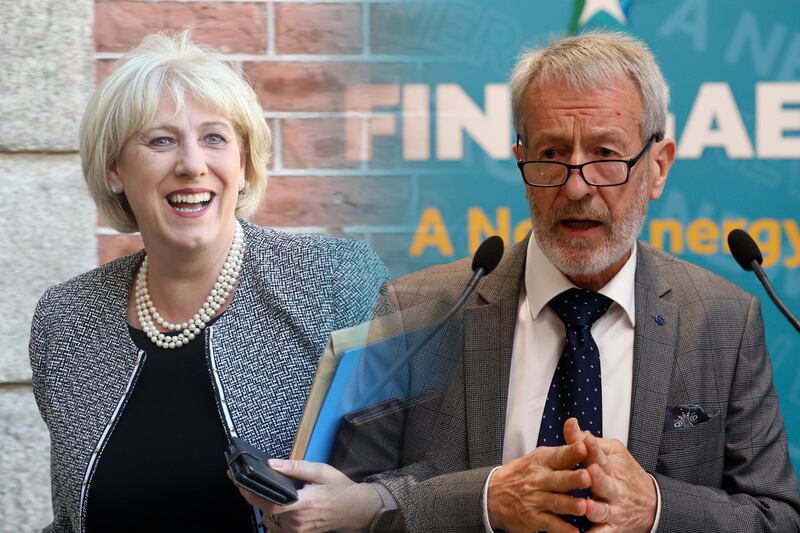The intense and penetrating blue eyes have observed through the lens more than 250 nuptials in the US and Europe and the calm demeanour speaks volumes. Famed for his innovative approach to shooting weddings, New York City lensman John Dolan has been on the edge of the wedding industry for 25 years, is listed as one of Harper's Bazaar's top wedding photographers and has worked on Martha Stewart's Weddings.com for decades. "What is important is the imperfect moment", says the man known for making real people look beautiful and beautiful people look real.
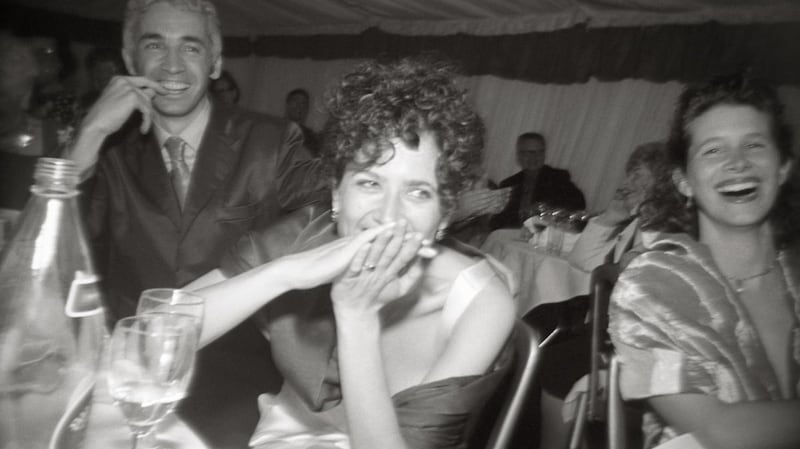
"I am a photographer at a wedding, not a wedding photographer and that is what saves me from shooting cheesy pictures. I did not study wedding photography – I am just fascinated by weddings and the complexities of families", he says when we meet in Schull where his in-laws have a home. He has just completed five weddings in the previous two months – in Provence, Tennessee, Westchester, Massachusetts and in New York where he documented the marriage of the daughter of a previous US ambassador to Ireland. A long list of celebrity clients includes Jennifer Lopez, Ben and Christine Stiller, Kate Bosworth and Michael Polish, Bridget Moynahan (star of Blue Bloods) and Andrew Frankel to name but a few.
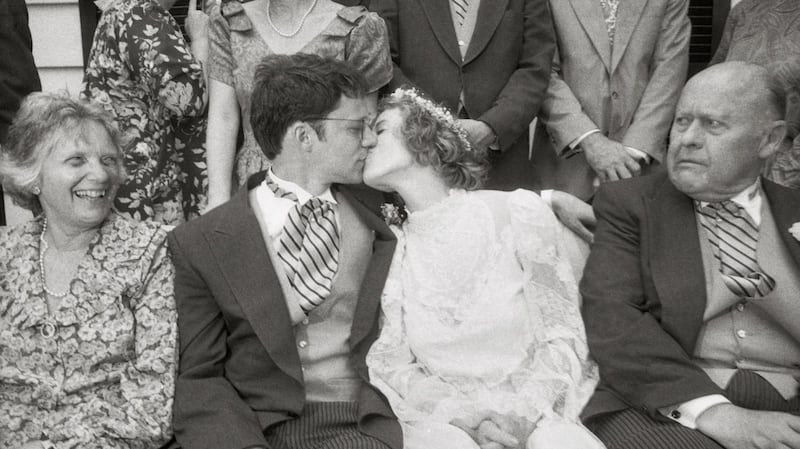
Though his career has encompassed advertising, editorial and fine art, the mix of magazine, advertising and weddings has always been “a good balanced diet”, he says, adding that he manages 10-12 weddings a year. The approach is very much his own, the pictures fresh and perceptive, those elusive moments of joy and emotion captured with sensitivity and skill.
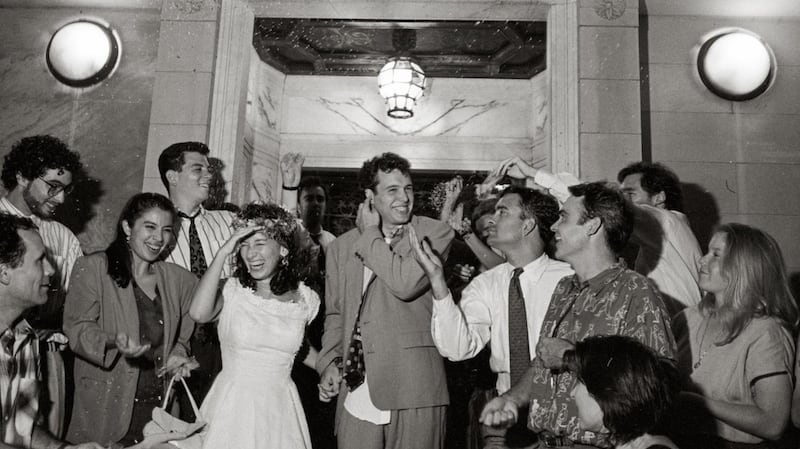
“I have to be involved with the couple. You have to read the vibe of that family – are they going to let you in or are you kept on the outside? My preference is to become part of the wedding and see it from the inside. What is important is what the wedding felt like rather than what it looked like – so it’s not about the tables and flowers, but the in-between moments – not easy to photograph. What I do is a high-wire act and if you don’t know what you are doing it can go badly wrong, but it is about being open to the imperfections.”
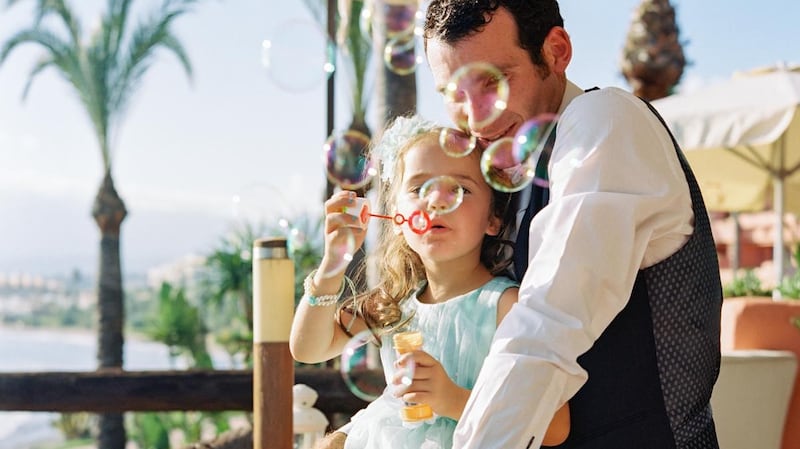
There is an emphasis these days he says on making weddings pretty and the industry has created this idea of the perfect wedding with social media putting even more pressure on brides to achieve unattainable goals. For example, the average number of bridesmaids is between six and 10 and the expense of their attire alone can be formidable. “I have seen weddings grow from fairly simple affairs to these extravaganzas. A common sight is a high-powered bride worrying about the smallest things in the middle of the wedding. Weddings should not be the most perfect day of your life and many are not perfect but are meaningful. I look for little spots of energy, sparkle – and who is having fun, happy to be there and showing it – not what they are wearing.”
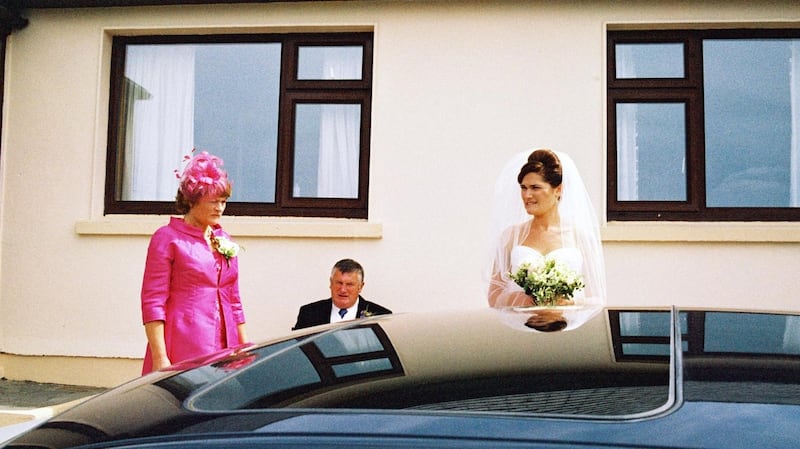
Dolan, whose ancestors came from Co Roscommon, is the son of a federal judge in Washington and the youngest of a family of six. “I was a collector as a child and collected everything – coins, stamps, mastheads and at 15 got my first camera. Photography is essentially the same, collecting moments of history,” he argues. After school he did a degree in liberal arts studies in Wisconsin and credits his Hungarian mentors with lifelong lessons on understanding the fundamentals of portraiture. “When I go to a wedding, I always have to think what the essence of that wedding is.” His guidelines are what he calls the four Es – “enter, empty (myself of expectations), essence and edit. I do it like a magazine story and the rehearsal dinner is great because it is like a preview night of a Broadway play when things can go wrong and tensions are high, but it is just the two families and key people.”
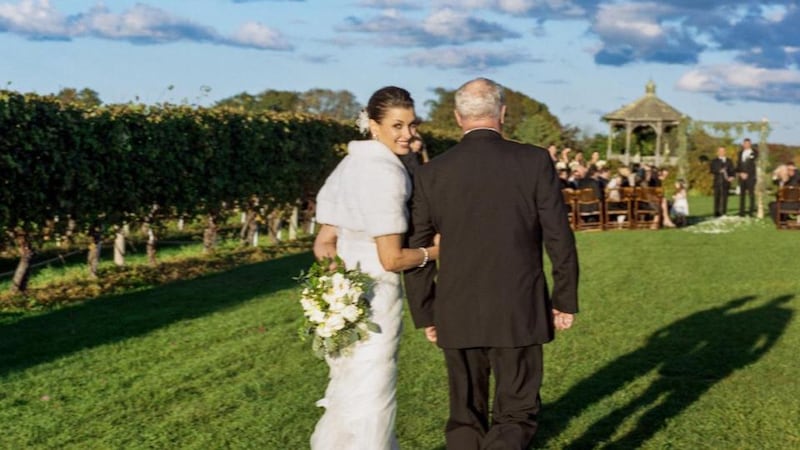
Dolan was 21 when he shot his first wedding, a small one in Washington to earn money for a European trip. “As the bride walked down the aisle, my flash battery broke and I realised I was way in over my head, but also saw that there were stories everywhere,” he recalls. His brother’s wedding (where another brother was the priest) was the first one done properly. “He married a Hungarian and there was a circle dance and in the circle were cousins and friends and I realised I was not getting the pictures unless I went inside”, a view that remains characteristic of his insider approach to this day.
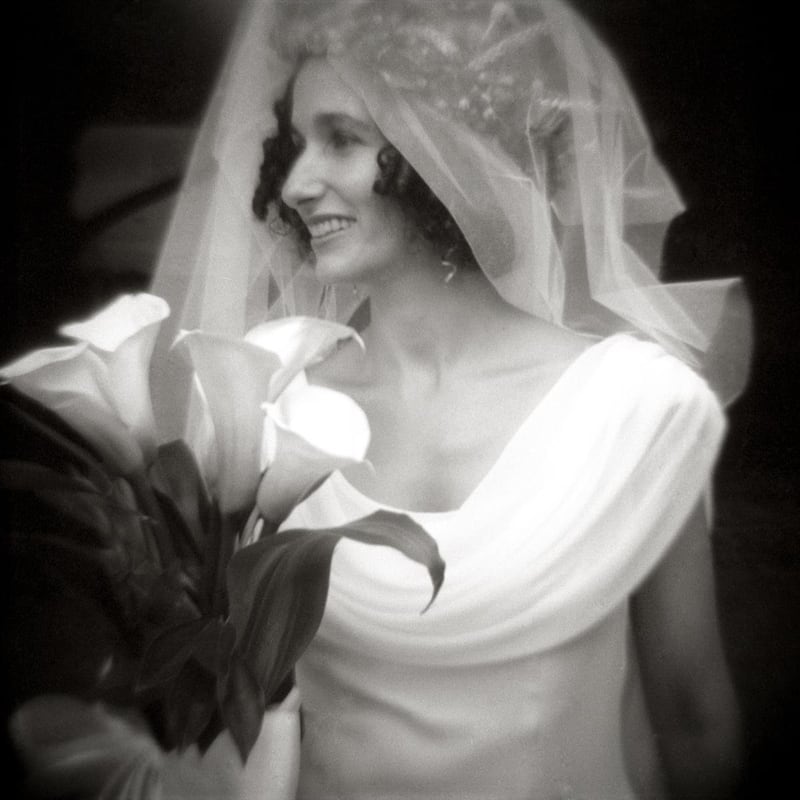
“People put their best face forward for the camera, but my goal is not just to make a pretty picture, but to allow for layers of tension and I am hired by people who are open to that. People tell me things. I am involved, but a neutral observer. I am sometimes a UN peacekeeper and other times part midwife. I hear things about family strife, but don’t dwell on it though I find it all rich subject matter. I see a lot of raw emotion.”
His most memorable wedding and biggest he has ever shot was that of the daughter of a Detroit philanthropist. “They had a tent to hold 800 people in their back yard and when the bride walked into the tent it felt as if she levitated because of the energy of all those people. She played the role really well, but her groom was completely freaked out.”
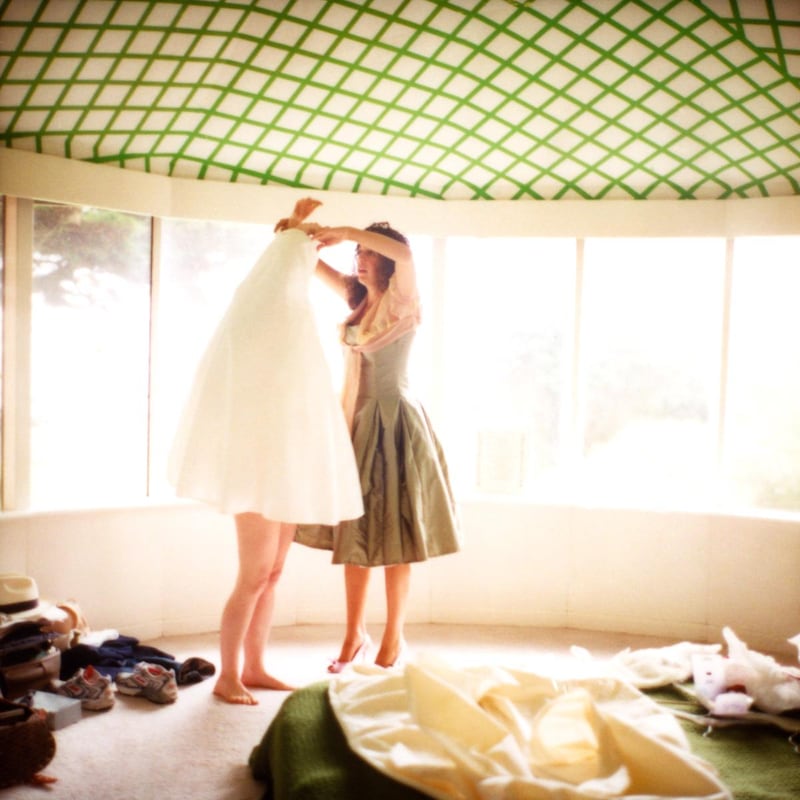
He reserves his greatest praise for wedding planners. “The top ones could run a small country because they have political skills, organisational skills and disaster readiness. I remember a very wealthy family in New York hosting a wedding at their country house and everything was set up on Friday for the wedding on Saturday. But that night a freak storm came barrelling towards the house and the long, steep driveway was covered in mud. At 11am the father and wedding planners met and we had to move to a nearby bleak hotel ballroom from the Architectural Digest style house. Catering, flowers and decorations for 250 people were moved in five hours in the rain. It was a lesson in great team work and the guests never knew just how great it could have been.”
If you quiz him on whether he can tell if a marriage will last, he hesitates. “There are 2 million weddings in the US every year and people go to a wedding knowing that each marriage has a 50 per cent chance of success – as if we are christening a ship with a 50/50 chance of sinking. But they cheer and crack champagne hopeful for the success of this particular launch. There are huge life lessons in weddings. I come away from them having seen people rise to the occasion or acting with grace, yet sometimes letting people down. I have seen hatchets being buried and people coming together for their child. People look at weddings like a play – the bride, the groom and the mothers-in-law are the main characters and the three acts are the getting ready, the ceremony and the reception. It is essentially the same script, but the cast and set change. Now that I am closer in age to the father of the bride than the bride, I talk a lot to them. If your child finds the spouse you approve of, that’s winning the lottery – you have so little control over getting a new family member.”
Though most of his work has been in the US, he has also shot a number of Irish weddings and notes the difference. “There is a structure to the Irish wedding that is locked in whereas American brides are constantly reinventing the wedding and fine tuning it, so it is fussier. Irish weddings have a preset plan, though the three-day event trend is coming from the States. And Irish speeches are head and shoulders above US speeches which are only interesting for their awkwardness.” As for attire, women in the US don’t wear elaborate hats – it’s not a cultural thing he says – and there is more black tie than business suits for men “but I am looking at the faces and not what they are wearing”.
One of the moments he finds particularly significant is when the bride walks down the aisle and is passed from one family to the other. “You often see great relief from the bride – it is a slight moment but there is something that changes in the ritual and a lot of blindsiding in that moment.” He also mentions a sense of melancholy sometimes at weddings – “all the characters feel it in different ways.” Connection with the bride is reawakened six weeks later when he unveils his photographs in person. “Post-partum weddings you often find brides depressed and deflated, so the photos are a booster shot to see the wedding afresh again. Photos change how we remember things.”
His advice to brides? “Think of what kind of photos you will cherish in 20 years. Close-ups of the rings or flowers or shoes? More likely, a moment or two between people they love. I am inspired by older wedding photographs from the 1940s and 1950s. It is the faces that tell the story of that time. My goal is for my photographs to vibrate with the memory of that day.”














